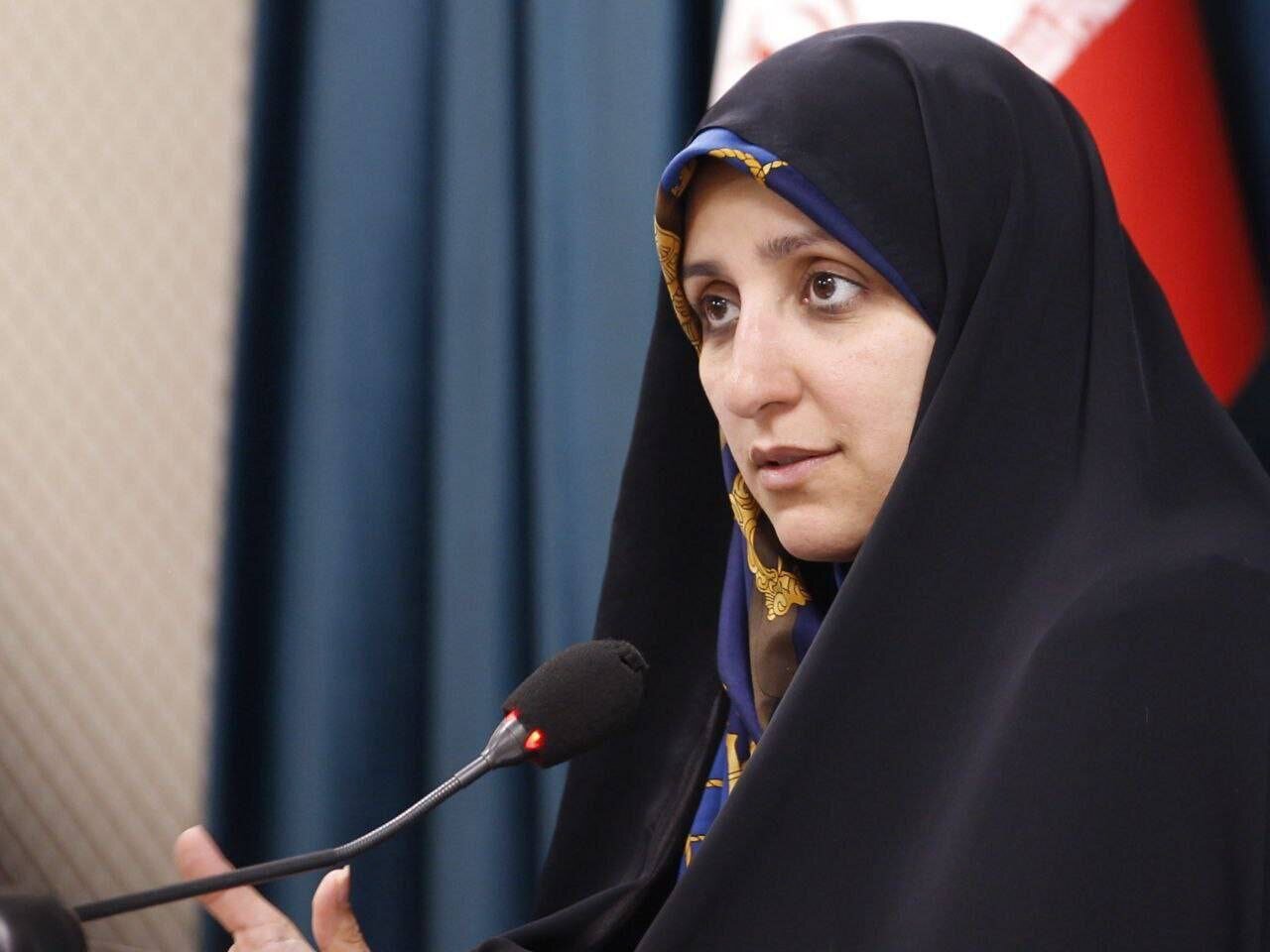Women account for 56% of academic communities: VP

TEHRAN – According to the Vice President for Women and Family Affairs, Zahra Behrouz-Azar, women comprise 56 percent of academic communities in the country, holding over 60 percent of the staff working with schools, and 63 percent of university students.
One of the main objectives of the current administration is to benefit from both men's and women’s capacities to ensure the country’s progress, IRNA quoted Behrouz-Azar as saying.
For the first time in the current administration, over 15 women have been elected to work in women-related sectors, four women hold top managerial positions in the cabinet, and for the first time, after 46 years, a woman has been elected as the government spokesperson, the official noted.
Women's economic empowerment is also one of the key priorities of the current administration. Currently, over 70 percent of home businesses are owned by women, and the administration is supporting them with loans.
Incorporating more women in economic diplomacy and international affairs, highlighted in the seventh national development plan (2023-2027), is among other priorities of the administration.
According to Behrouz-Azar, Iranian women account for more than 24 percent of inventions in the country, compared to the global average of 17 percent.
“Presently, around 12 percent of entrepreneurship and start-ups are founded by women. We hope that women’s presence in entrepreneurship reaches 30 percent by the end of the current administration,” she noted.
Administration fulfills ‘women in management’ promise
The appointment of 70 women in management positions proves the current administration has fulfilled its promise to appoint women in managerial positions.
“I believe that women’s involvement in top management and decision-making positions is their right and a key to the development of the country.
My goal is to increase the share of women in managerial positions in the country based on meritocracy and justice.
I recognize the right of women’s political participation, and I will promote the status of women’s affairs in the administration,” President Masoud Pezeshkian had said during election campaigns.
The fact that 70 women were chosen for management positions, many of them were assigned for the first time, indicates that the current administration seeks to create opportunities for women to play their roles in managerial positions, ISNA reported.
Transport and urban development minister, Farzaneh Sadeq, government spokesperson Fatemeh Mohajerani, Department of Environment head, Shina Ansari, and vice president for women and family affairs, Zahra Behrouz-Azar, are the four women in the cabinet.
First vice president Mohammad-Reza Aref has stressed that “no discrimination between men and women is acceptable in the governance system, and we must witness the promotion of women’s position in the decision-making system.”
In this regard, the appointment of women was not limited to the cabinet, and Kowsar Yousefi became the head of the supervisory board of the Central Bank, and Zohreh Alipour was appointed as the head of Iran Privatization Organization.
Although no woman was elected as the governor general, Sudabeh Zarghamnejad, Samira Hassani, Esmat Mohammad-doost, Batul Moallem, Jamileh Qaei-Pasha, and Shadi Fazli were elected as the governors of Dehgolan, Rudbar, Khomam, Sarvestan, northern Savadkoh, and Kuhpayeh, respectively.
The number of high-ranking women has risen noticeably compared to the past, and it is said to keep increasing in the future.
MT /MG
Leave a Comment